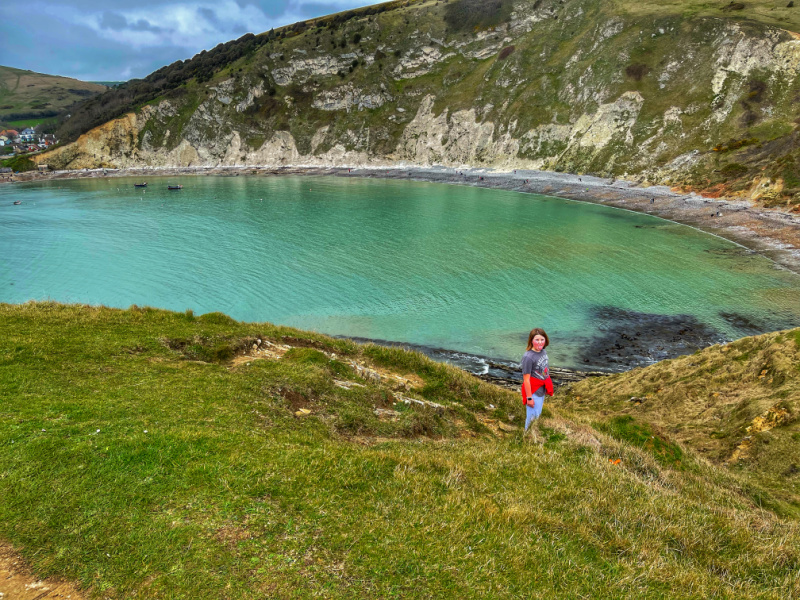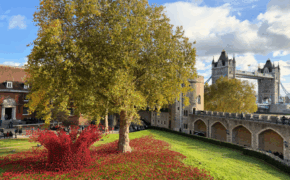Jurassic Coast Walks: Lulworth Cove to the Fossil Forest
Unlike many locations on the Jurassic Coast, Lulworth Cove is easy to get to with a large carpark and visitor centre at its heart.
Lulworth and its neighbour, Durdle Door are possibly the most famous location on the Jurassic Coast, attracting thousands of visitors each year for their distinctive beauty, but did you know that Lulworth is also considered one of the best places in the world to study geology with its amazing landforms and five types of rock.
We booked a guided tour with the Jurassic Coast Trust to learn more about its geology and to find the fossil forest that has been on my bucket list for a few years.
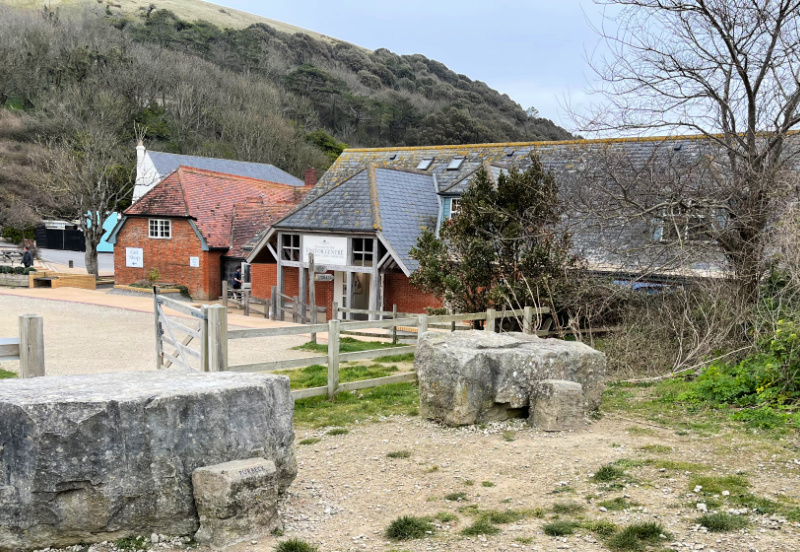
We met up outside the visitor centre and the first port of call was the picnic area, where we were introduced to examples of each of the five different types of rocks that you find at Lulworth, from the strongest; Portland Stone, down to the Green Sand and Chalk.
From there, we headed out past the visitor centre and turned right to find Stair Hole.
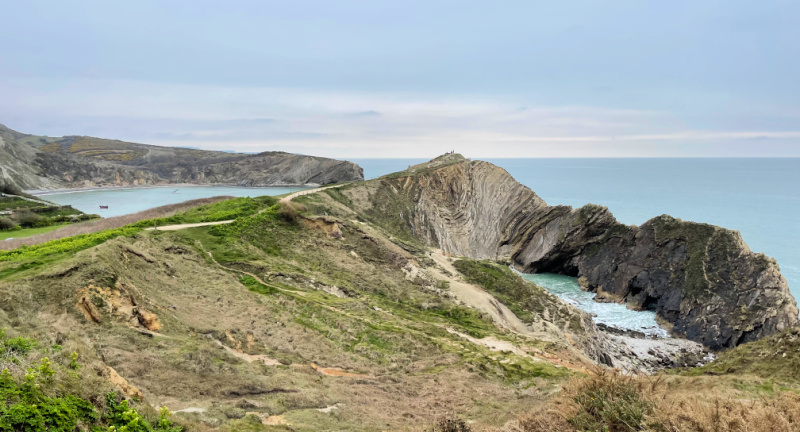
Stair Hole is an excellent example of the Lulworth Crumple, which is where the sedimentary rocks no longer lay one on top of the other with the oldest at the bottom and the youngest on the top, but have been twisted so that the oldest rock is nearest to the sea and the youngest inland.

Our Jurassic Coast guide, John, was brilliant at explaining how it was formed, but there are information boards dotted around, with lots of information if you want do a self guided walk.

From Stair Hole, you can then stand on the viewing platform and look west towards Portland and look east over Lulworth Cove. HINT: look carefully on the stairs and you will see some fossilised turtle shell.

From here and can walk a little farther along the cove, or head back down towards the beach.

The walk to the beach is an accessible one along the road and there is a pub, cafe and ice cream shop, if you don’t want to venture far.

The beach at Lulworth Cove is shingle, so if travelling with small children, I would recommend a back carrier if you plan to walk around it.

Lulworth is not a good beach for fossil hunting, although if you look carefully, you might spot fossilised snails and bivalves in some of the rocks. Instead, it is brilliant for skimming stones, finding shells, mermaid’s purses and all the treasures you expect to find in the sea.

Our guide moved quite slowly around the cove as the rocks change every few metres and although my husband and I found it interesting, he didn’t manage to engage the kids as well as he could have, but they had the whole beach to explore.

To get to the fossil forest, there are a couple of routes, both which are tricky underfoot. We went up the stairs, which were quite steep, especially for Sebby (9). If you are a little unsteady on your feet, I would recommend taking walking poles as there is nothing to hold on to.

Once you reach the top of the steps the path either goes straight ahead, or forks right – you need to turn right and then look out for the stone signs.

It is also worth noting that the Fossil Forest Ledge is within the Lulworth Ranges of the Army, so is only accessible most weekends and when the ranges are open to the public – you can check here before you visit: https://www.gov.uk/government/publications/lulworth-firing-notice

The fossil forest is found on the cliff side and can be seen by walking the 97 steps down. These steps ate much easier than the previous set on the way up though.
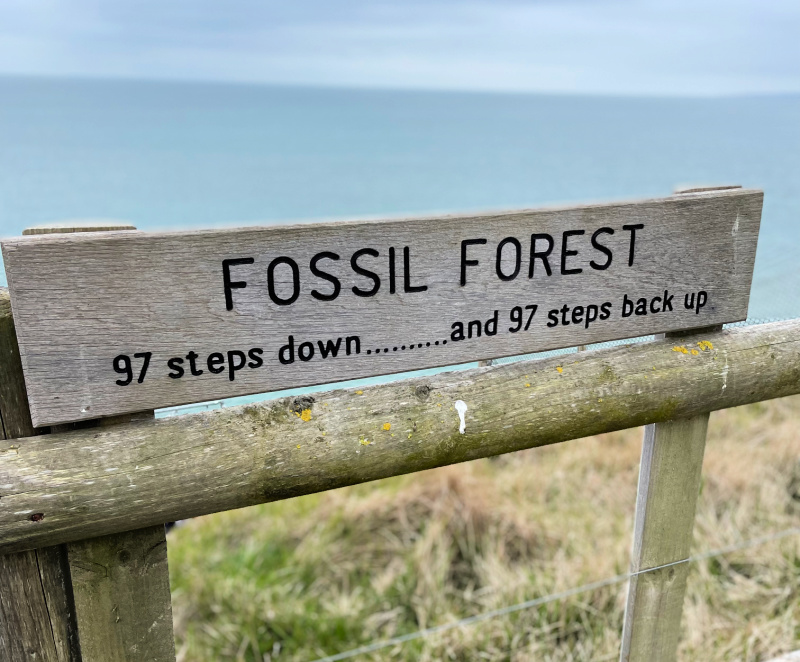
There are no actual fossilised trees anymore, as these were collected by the Victorians, many many years ago. Today you can see bowl shapes left when the trunks rotted away leaving hard, calcareous tufa.

You can also the ripple marks of an ancient sea floor, fossilised algal mats, fossilised soil and the amazing ‘broken beds’.

The kids loved it more for being able to climb, although you must be careful as the cliff edge is not fenced off.

From here we then climbed back up the 97 steps and then onto the western side of Lulworth Cove to take in the views from a different angle.

We then climbed down along one of the well worn paths and then back along the beach back to the car. If you are feeling energetic, you could then walk to Durdle Door, or if you want something more nostalgic, head towards the abandoned village of Tyneham.
If you are interested in a Jurassic Coast Guided Walk, follow the Jurassic Coast Trust on facebook as they are all advertised on there. We paid £10 per adult and the kids were free.
Have you been to Lulworth before?






